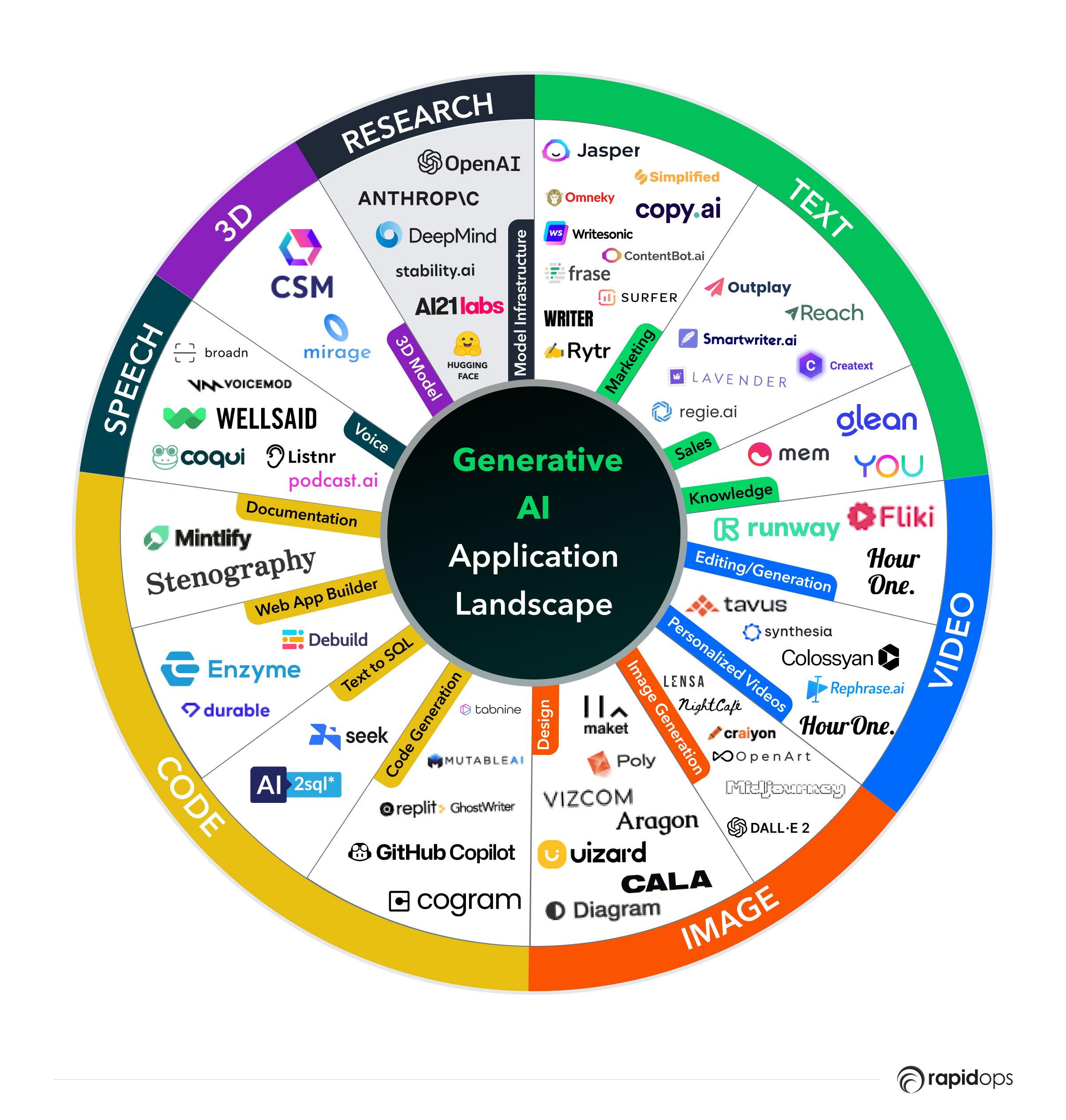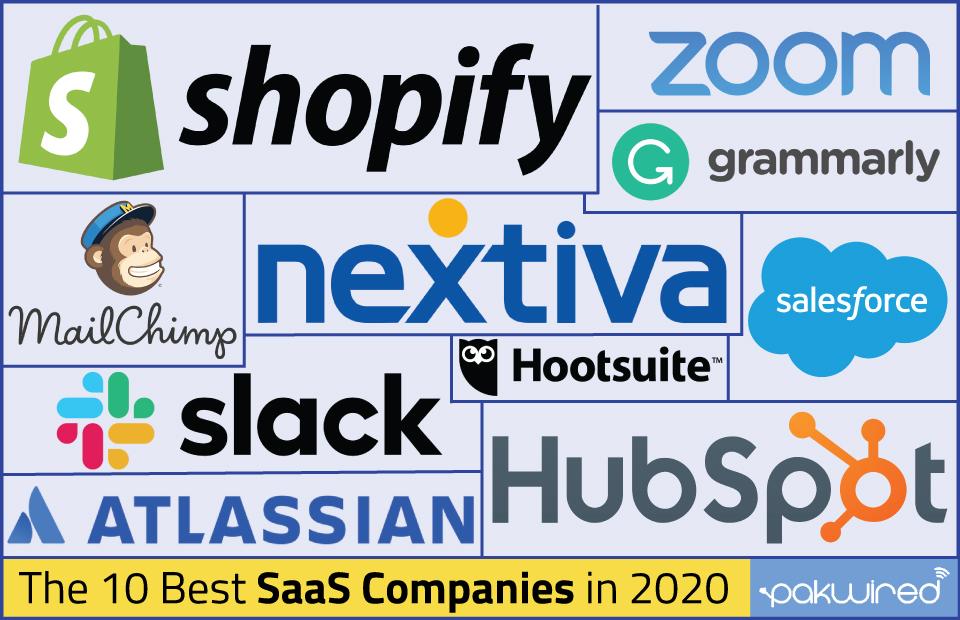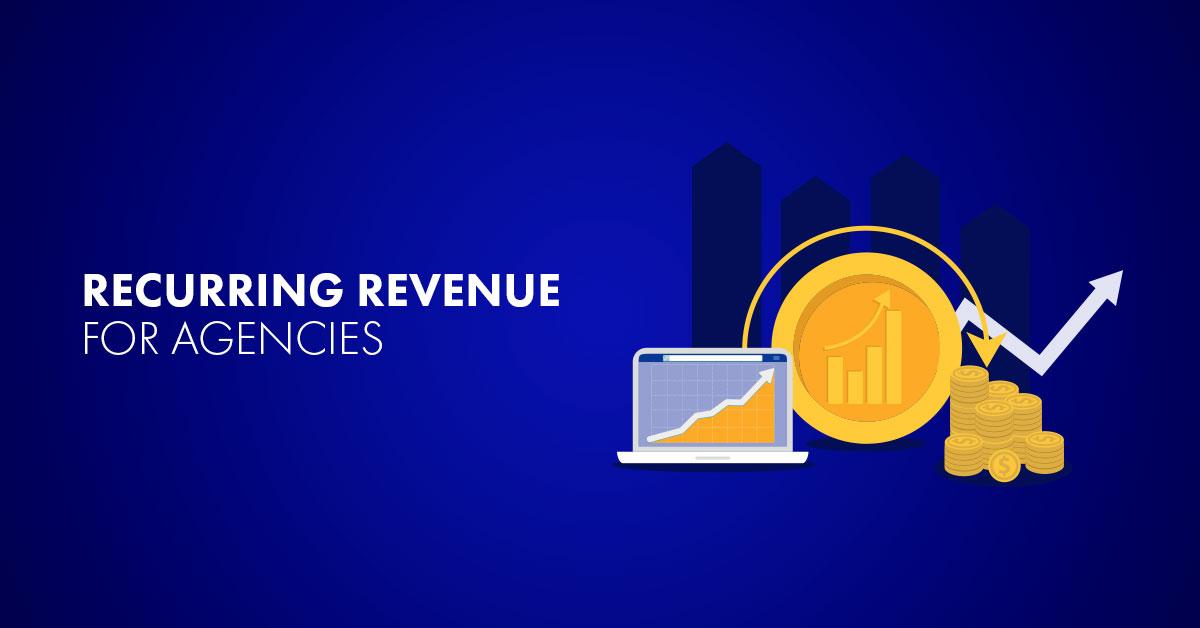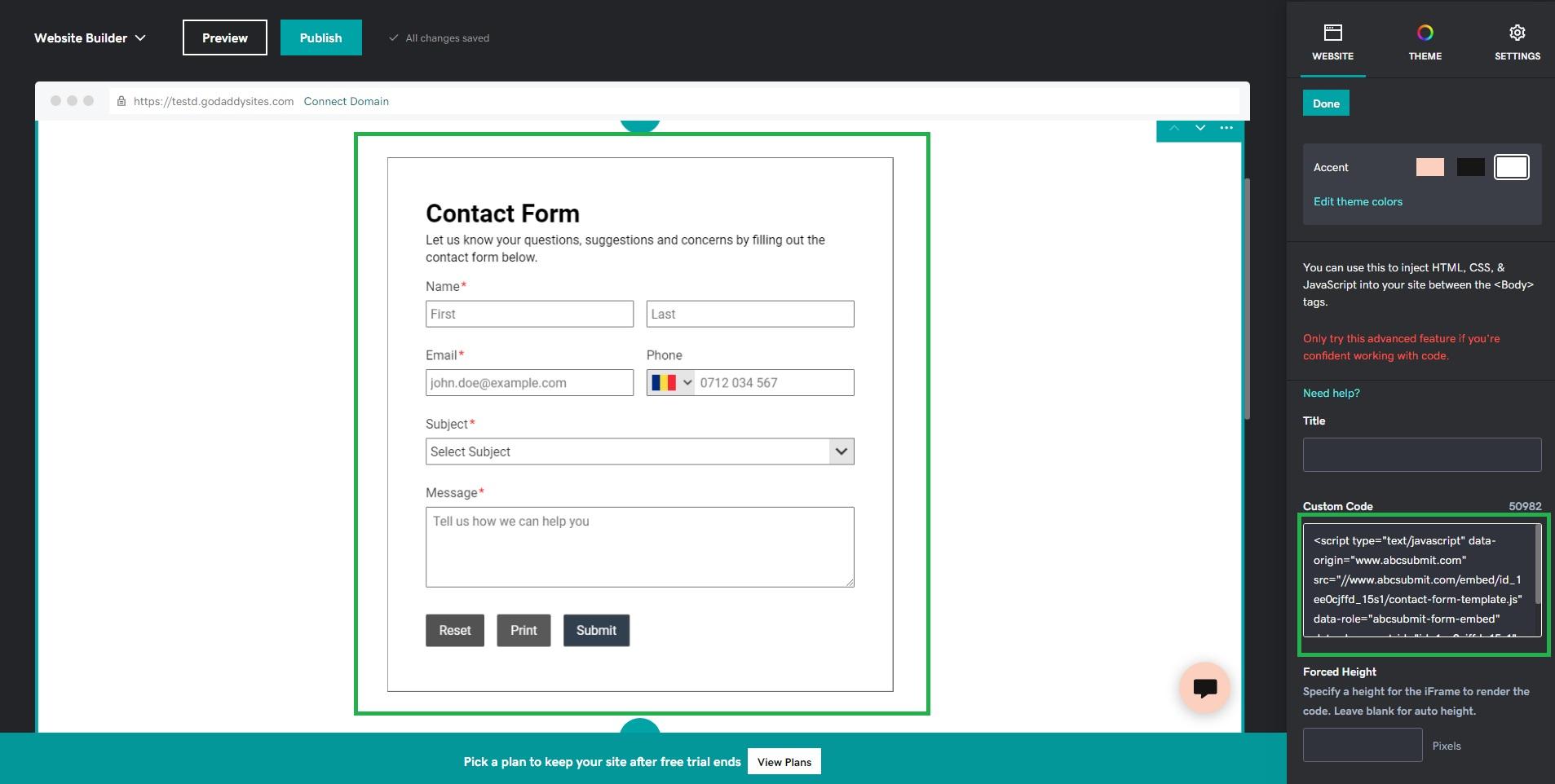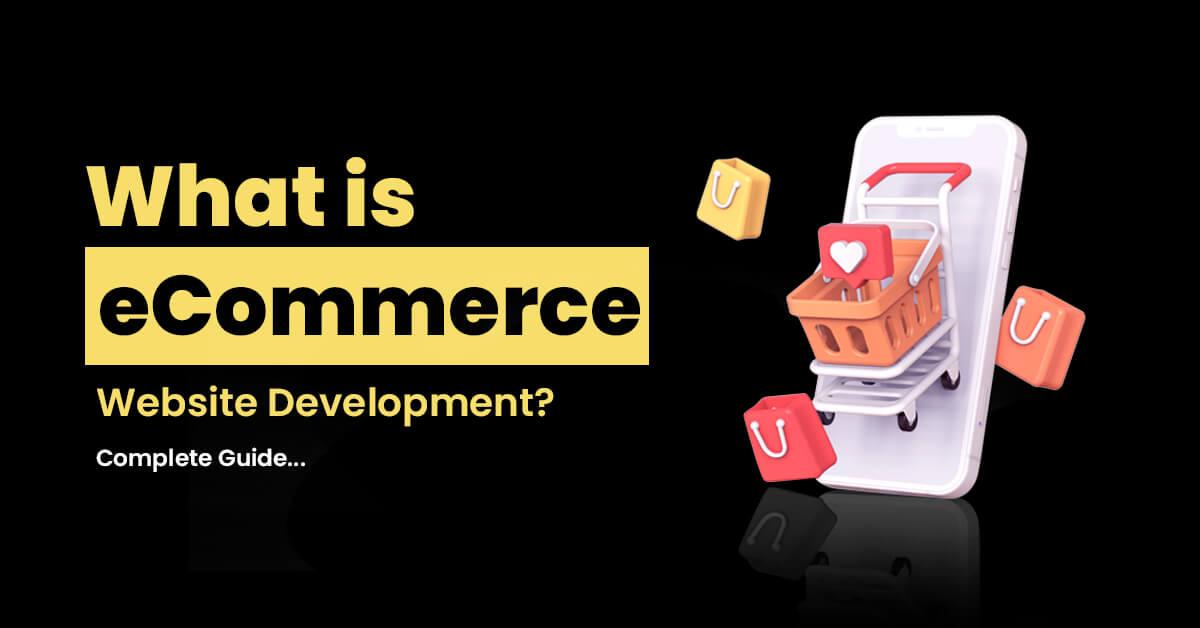
Introduction:
Welcome to the vibrant world of eCommerce in Toronto, where the digital marketplace is bustling with opportunities! Whether you’re a budding entrepreneur looking to launch your first online store or an established business aiming to enhance your digital presence, understanding the ins and outs of eCommerce website development is crucial. With the right strategies and partners by your side, you can create a platform that not only attracts customers but also keeps them coming back for more. In this article, we’ll explore the best approaches to developing a successful eCommerce website in Toronto and highlight some of the top providers that can help turn your vision into reality. So, let’s dive in and discover how you can set yourself apart in this competitive landscape!
Understanding the Ecommerce Landscape in Toronto
The ecommerce landscape in Toronto is vibrant and ever-evolving, reflecting both the city’s diverse population and its robust economy. With a growing number of consumers shifting to online shopping, businesses need to adapt to stay competitive. Understanding the various components that shape this landscape is crucial for entrepreneurs looking to thrive in the digital marketplace.
Toronto’s ecommerce scene is characterized by a mix of established players and innovative startups. This blend creates a dynamic environment where businesses can learn from one another while also fostering unique approaches to online sales. Key factors influencing this landscape include:
- Diverse Consumer Base: The multicultural nature of Toronto means that businesses must cater to a wide range of preferences and needs, making personalization and targeted marketing essential.
- Technological Advancements: From AI-driven analytics to mobile commerce apps, technology plays a pivotal role in enhancing user experience and streamlining operations.
- Competitive Market: With numerous players vying for attention, businesses must develop unique selling propositions and robust marketing strategies to differentiate themselves.
The rise of mobile commerce cannot be overlooked; a significant portion of Toronto’s population prefers shopping on their smartphones. This trend requires businesses to prioritize mobile responsiveness when developing their ecommerce platforms. In fact, research indicates that mobile devices account for over 50% of all online sales in Canada. This statistic alone underscores the importance of having a mobile-first approach in website development.
Furthermore, sustainability is becoming a key concern for consumers in Toronto. They are increasingly looking for brands that prioritize eco-friendly practices. This shift presents an opportunity for ecommerce businesses to not only appeal to consumer values but also enhance their brand image. Companies that incorporate sustainable practices into their operations can gain a competitive edge.
Partnerships with local providers can also pave the way for successful ecommerce ventures. Working with local web development agencies not only supports the community but also ensures that businesses benefit from a wealth of local market knowledge. Here’s a quick look at some of the top ecommerce service providers in Toronto:
| Provider | Specialization | Key Strengths |
|---|---|---|
| Agency A | Custom Ecommerce Solutions | Tailored strategies, customer-centric design |
| Agency B | Mobile Commerce | Expertise in mobile optimization, user experience |
| Agency C | Branding & Marketing | Strong social media presence, content marketing |
As businesses navigate the ecommerce landscape, staying informed about trends and consumer behavior is vital. Engaging in continuous learning and adapting strategies accordingly can lead to long-term success. By focusing on customer experience, leveraging technology, and emphasizing sustainability, ecommerce businesses in Toronto are well-positioned to flourish in this competitive arena.
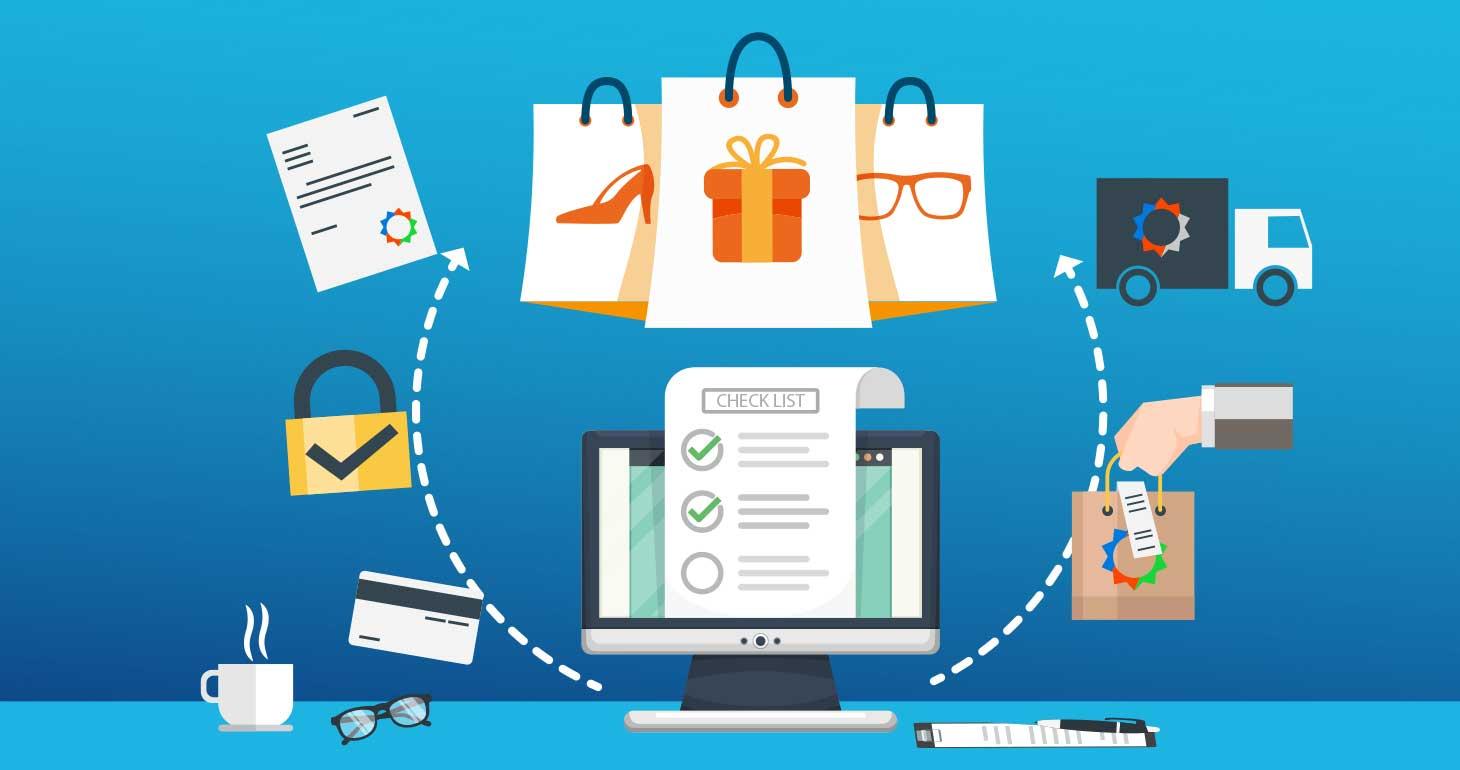
Key Features of a Successful Ecommerce Website
When it comes to building a successful ecommerce website, certain key features can significantly enhance user experience and drive sales. It’s essential to focus on these elements to ensure your online store stands out in the competitive market.
User-Friendly Interface: A clean, intuitive design is vital. Customers should be able to navigate your site effortlessly, finding products and completing purchases without frustration. Consider the following design aspects:
- Simple Navigation: Menus should be clearly labeled and easy to access.
- Responsive Design: Your website must look great on all devices, from desktops to smartphones.
- Fast Loading Speed: Pages should load quickly to reduce bounce rates and improve customer satisfaction.
Secure Payment Options: Trust is crucial for online shopping. Implementing various secure payment methods can enhance customer confidence. Include:
- Multiple Payment Gateways: Offer options like credit cards, PayPal, and digital wallets.
- SSL Certificates: Ensure your site is secure to protect customer data during transactions.
- Transparent Pricing: Clearly display all costs, including shipping and taxes, before checkout.
Comprehensive Product Descriptions: High-quality product images and detailed descriptions can help customers make informed decisions. Include:
- High-Resolution Images: Display multiple angles of each product.
- Detailed Specifications: Provide information on size, material, and other relevant features.
- Customer Reviews: Encourage reviews to build social proof and trust.
Effective Search and Filtering Options: Customers should be able to find what they need quickly. Implement robust search functions and filtering options based on:
- Categories: Organize products into clear categories.
- Price Ranges: Allow users to filter products based on their budget.
- Popularity or Ratings: Let customers see the best-rated items at a glance.
Robust Customer Support: Providing top-notch customer service can set your ecommerce site apart. Options might include:
- Live Chat: Offer instant support for customer inquiries.
- Comprehensive FAQs: Address common questions and concerns.
- Email Support: Ensure responsive email communication for more complex queries.
| Feature | Benefits |
|---|---|
| User-Friendly Interface | Enhances navigation and user satisfaction. |
| Secure Payment Options | Builds trust and encourages purchases. |
| Comprehensive Product Descriptions | Helps customers make informed decisions. |
| Effective Search and Filtering | Improves product discoverability. |
| Robust Customer Support | Enhances customer retention and loyalty. |
Choosing the Right Ecommerce Platform for Your Business
When it comes to choosing the ideal ecommerce platform, businesses must consider several crucial factors to ensure they select a solution that aligns with their specific needs. A well-suited platform can significantly enhance your online presence, streamline operations, and improve customer engagement. Here are some key considerations to guide your decision-making process:
- Scalability: As your business grows, your ecommerce platform should be able to scale with you. Look for platforms that can accommodate increasing product listings, traffic, and transaction volumes.
- User Experience: The platform should offer a seamless shopping experience for your customers, featuring intuitive navigation, responsive design, and easy checkout processes.
- Customization and Flexibility: Ensure the platform allows for customization to reflect your brand identity. This includes options for themes, layouts, and product displays.
- Integration Capabilities: Consider how well the platform integrates with other tools and services you already use, such as payment gateways, CRM systems, and shipping providers.
- Support and Resources: Choose a platform with robust customer support, including tutorials, forums, and direct assistance, to help you troubleshoot issues as they arise.
Another vital aspect to examine is the cost structure. Different platforms have varying pricing models, which can include monthly subscriptions, transaction fees, or additional costs for specific features. It’s essential to analyze your budget and understand what you will be paying for over time. A table summarizing some popular platforms can help you compare their offerings:
| Platform | Starting Price | Key Features |
|---|---|---|
| Shopify | $29/month | Easy setup, extensive app store, 24/7 support |
| WooCommerce | Free (with hosting costs) | Highly customizable, WordPress integration, no transaction fees |
| BigCommerce | $29.95/month | Built-in features, unlimited products, no transaction fees |
| Magento | Free (Community edition) | Robust features, highly customizable, ideal for large businesses |
Security is another major concern. With online transactions, protecting customer data is paramount. Ensure that the platform complies with industry standards and offers secure payment options, including SSL certification and PCI compliance.
Lastly, consider the community and ecosystem surrounding the platform. Platforms with a vibrant community often have abundant resources, plugins, and third-party services that can enhance functionality. This network can provide invaluable support through shared knowledge and experiences.
selecting the right ecommerce platform is a critical step in establishing a successful online store. By evaluating your business needs against the features and capabilities of various platforms, you can make an informed choice that positions your ecommerce venture for success.

Designing an Engaging User Experience for Shoppers
Creating a compelling user experience is crucial for ecommerce websites, especially in a vibrant market like Toronto. Shoppers today expect more than just a transactional relationship; they want an immersive experience that captivates their senses and makes shopping enjoyable. Here are some key strategies to enhance user engagement:
- Intuitive Navigation: Ensure your website has a clean, easily navigable structure. Organize categories logically and use familiar terms for menus to facilitate quick access to products.
- Personalization: Tailor content and recommendations based on user behavior and preferences. Implementing AI-driven product suggestions can significantly increase conversion rates.
- High-Quality Visuals: Invest in professional photography and videos that showcase your products in the best light. Interactive images and 360-degree views allow shoppers to examine items closely, mimicking an in-store experience.
- Mobile Optimization: With a significant amount of shopping done on mobile devices, ensure your site is fully responsive. Fast loading times and easy-to-click buttons can make or break a mobile shopping experience.
- Streamlined Checkout Process: Simplifying the checkout process reduces cart abandonment. Offer multiple payment options, guest checkout, and a clear summary of charges to reassure buyers.
To further enhance shopper engagement, consider incorporating live chat features. This provides immediate assistance, helping potential customers find products or answers to their queries without leaving the page. Moreover, showcasing user-generated content, such as reviews or social media posts featuring your products, builds trust and community around your brand.
Incorporating gamification elements can also boost user interaction. Reward customers with points for purchases, reviews, or social media shares, which can be redeemed for discounts or exclusive offers. This not only encourages repeat visits but also fosters loyalty.
it’s essential to analyze user behavior on your site to continuously improve the experience. Use tools like heatmaps and A/B testing to understand how shoppers interact with your website. This data-driven approach allows you to adapt and refine your strategies, ensuring that your ecommerce platform remains engaging and user-friendly.
| Strategy | Benefits |
|---|---|
| Intuitive Navigation | Increases usability and reduces bounce rates |
| Personalization | Enhances user satisfaction and boosts sales |
| High-Quality Visuals | Improves product appeal and decreases returns |
| Mobile Optimization | Captures a larger audience and improves accessibility |
| Streamlined Checkout | Reduces cart abandonment and increases conversions |
Optimizing Your Ecommerce Site for Mobile Users
Mobile Optimization Strategies
In today’s digital landscape, having a mobile-friendly ecommerce site is no longer a luxury; it’s a necessity. With a significant portion of online shoppers browsing and purchasing via mobile devices, optimizing your ecommerce platform for these users is crucial. Here are some key strategies to enhance the mobile experience:
Responsive Design
Utilizing a responsive design ensures that your website adapts seamlessly to various screen sizes. This means that whether a customer is using a smartphone, tablet, or a desktop, their experience remains consistent and enjoyable. Here are a few tips for achieving responsive design:
- Use flexible grids and layouts.
- Implement fluid images that can scale.
- Regularly test your site on multiple devices.
Speed Optimization
Loading speed is crucial for mobile users. A delay of just a few seconds can lead to higher bounce rates and lost sales. To optimize your site’s speed, consider:
- Minimizing image sizes without sacrificing quality.
- Reducing HTTP requests by combining files.
- Utilizing browser caching to enhance loading times.
Simple Navigation
When designing for mobile, simplicity is key. Ensure your navigation is straightforward to minimize user frustration. Some ways to simplify navigation include:
- Using a hamburger menu for easy access.
- Incorporating large, touch-friendly buttons.
- Grouping related items to facilitate quick browsing.
Mobile Payment Options
Implementing diverse and secure mobile payment options can significantly boost conversions. Today’s consumers appreciate flexibility and speed when it comes to transactions. Consider integrating:
- Digital wallets like Apple Pay and Google Pay.
- One-click payment solutions to streamline the checkout process.
- Multiple payment gateways to cater to varied preferences.
Testing and Analytics
continuous testing and monitoring are essential for maintaining a high-performing mobile site. Utilize analytics tools to track user behavior and identify areas needing improvement. Here are some metrics to focus on:
| Metric | Importance |
|---|---|
| Bounce Rate | High bounce rates indicate poor user experience. |
| Conversion Rate | Shows effectiveness of your mobile sales strategy. |
| Page Load Time | Critical for retaining mobile visitors. |
By focusing on these strategies, you can create an ecommerce site that not only attracts mobile users but also encourages them to complete their purchases. Remember, the easier you make it for customers to shop on their devices, the more likely they are to return.
Implementing Effective SEO Strategies for Ecommerce
When it comes to driving traffic and sales for your ecommerce website, effective SEO strategies are essential. These strategies not only improve your search engine visibility but also enhance user experience and conversion rates. Here’s how to implement robust SEO practices tailored specifically for ecommerce platforms.
Keyword Research: Understand your audience’s search behavior by conducting thorough keyword research. Focus on identifying long-tail keywords that are not only relevant to your products but also reflect user intent. Tools like Google Keyword Planner and SEMrush can help uncover valuable search terms that can drive targeted traffic to your site.
On-Page Optimization: Once you have your keywords, optimize your product pages. Ensure that each page has:
- Unique Title Tags: Incorporate primary keywords while ensuring they are catchy and informative.
- Meta Descriptions: These should summarize the page content and include call-to-action phrases to entice clicks.
- Header Tags: Use H1, H2, and H3 tags to structure content hierarchically, making it easier for both users and search engines to understand.
- Image Alt Text: Optimize images by using descriptive alt text to improve accessibility and rank in image search results.
Technical SEO: A well-structured site is crucial for effective SEO. Pay attention to the following:
- Mobile Friendliness: Ensure your website is responsive and provides a seamless experience on all devices.
- Site Speed: Optimize images, use lazy loading, and minimize code to improve loading times.
- XML Sitemaps: Submit a sitemap to search engines to facilitate better crawling and indexing of your pages.
- Secure Site (HTTPS): Make sure your website is secure, as this is a ranking factor for Google.
Content Marketing: Create valuable content around your products. This could be in the form of blog posts, tutorials, or videos that provide useful information and guide users through their purchasing journey. Engaging content not only captures audience interest but also encourages backlinks, enhancing your domain authority.
Link Building: Building high-quality backlinks is critical for boosting your ecommerce website’s authority. Consider:
- Guest blogging on relevant sites to reach wider audiences.
- Collaborating with influencers or brands that share your target market to gain visibility.
- Creating shareable content that naturally attracts links.
Local SEO: If your ecommerce business also has a physical presence, optimizing for local SEO is vital. Ensure your Google My Business listing is up-to-date and appears in local search results by:
- Encouraging customer reviews.
- Using local keywords in your content.
- Engaging with local community events to build brand presence.
By implementing these strategies, you can significantly enhance your ecommerce website’s visibility and performance in search engines, ultimately leading to increased sales and customer loyalty.

Leveraging Social Media to Boost Your Online Store
In today’s digital age, social media has become a vital tool for increasing visibility and driving sales for online stores. By leveraging these platforms, you can tap into a vast audience that’s eager to discover new products and services. Here’s how to maximize social media to enhance your eCommerce strategy:
- Identify Your Target Audience: Understand who your customers are and where they hang out online. Tailoring your content to specific demographics can dramatically improve engagement rates.
- Use Eye-Catching Visuals: Images and videos capture attention more effectively than text alone. Showcase your products with high-quality photos and engaging videos that tell a story.
- Engage with Your Audience: Respond to comments, messages, and mentions promptly. Building relationships with customers fosters loyalty and increases the likelihood of repeat purchases.
Additionally, utilizing the power of social media advertising can help you reach a broader audience. Platforms like Facebook and Instagram offer targeted advertising options that allow you to reach users based on their interests, behaviors, and demographics. This ensures that your products are showcased to potential customers who are most likely to convert.
Consistent branding across your social media channels is crucial. Make sure your profile pictures, cover photos, and posts align with your website’s aesthetics. This creates a cohesive and professional image that builds trust with your audience.
Another effective strategy is to collaborate with influencers within your niche. Influencer partnerships can amplify your reach and introduce your products to a new, engaged audience. Choose influencers whose values align with your brand for authentic promotion.
| Platform | Best For |
|---|---|
| Visual storytelling and product showcases | |
| Targeted advertising and community building | |
| Driving traffic through curated visuals | |
| Real-time customer engagement and updates |
Lastly, don’t overlook the importance of social proof. Sharing customer reviews, testimonials, and user-generated content not only showcases your products in a real-world context but also builds credibility. Encourage your customers to share their experiences on your social platforms and tag your brand.
By incorporating these strategies into your social media marketing efforts, you can create a powerful online presence that drives traffic and boosts sales for your eCommerce store. Remember, consistency and authenticity are key to standing out in the crowded digital marketplace.
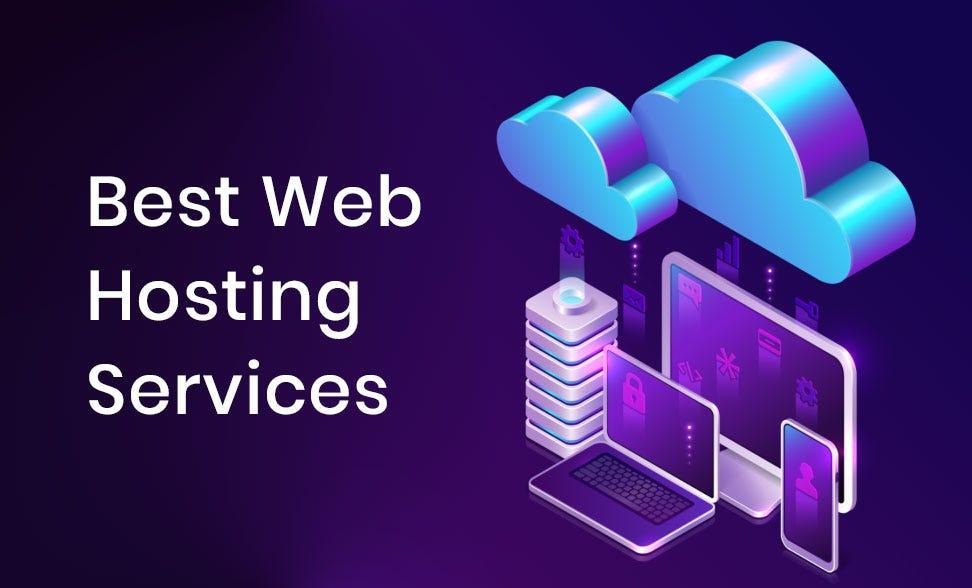
The Importance of Reliable Hosting Solutions
In the fast-paced world of ecommerce, a reliable hosting solution is the backbone of your online business. Without it, your website could face downtime, slow loading speeds, and security vulnerabilities, leading to frustrated customers and lost sales. Here’s why selecting the right hosting provider is crucial for your ecommerce website’s success.
Performance and Speed
Customers expect a seamless shopping experience. A reliable hosting solution ensures your website loads quickly, which is essential for retaining visitors and improving conversion rates. Studies show that even a one-second delay in page load time can result in a significant drop in sales. With a robust hosting service, you can deliver that speed consistently, making your ecommerce site more appealing to potential buyers.
Uptime Guarantee
The last thing you want is for your online store to be unavailable when customers are ready to make a purchase. A reputable hosting provider will offer an uptime guarantee, often 99.9% or higher. This means your website will be operational almost all the time, allowing you to maximize your sales opportunities. Here’s a comparison of typical uptime guarantees:
| Hosting Provider | Uptime Guarantee |
|---|---|
| Provider A | 99.9% |
| Provider B | 99.95% |
| Provider C | 100% |
Security Features
Security is paramount in ecommerce. A reliable hosting provider will offer advanced security features, such as SSL certificates, firewalls, and regular backups. These not only protect your site from cyber threats but also reassure customers that their personal and payment information is safe. A secure site can improve your credibility and encourage more customers to complete their purchases.
Scalability
As your business grows, so will your hosting needs. Choosing a hosting provider that offers scalable solutions ensures that you can easily upgrade your plan to accommodate increased traffic or additional products. This flexibility allows you to focus on growing your business rather than worrying about your website’s capacity. With the right hosting, you’ll be prepared for seasonal spikes in traffic or business expansion.
Technical Support
In the event of a technical issue, having reliable support is invaluable. Leading hosting providers offer 24/7 customer support through various channels, such as live chat, phone, or email. This ensures that you can resolve any problems quickly, minimizing downtime and keeping your customers happy. Look for hosts that provide comprehensive support and resources to help you troubleshoot common issues.
Conclusion
In the competitive landscape of ecommerce, investing in a reliable hosting solution is a decision you cannot afford to overlook. With enhanced performance, robust security, and dependable support, your ecommerce website can thrive and offer customers the experience they desire. Choose wisely, and set your business up for long-term success.

Utilizing Analytics to Drive Ecommerce Success
In the fast-paced world of ecommerce, leveraging analytics is no longer a luxury; it’s a necessity. Data-driven decision-making can significantly enhance your website’s performance and customer engagement. By tapping into the power of analytics, you can gain insights that drive conversions and foster customer loyalty.
To start, consider implementing tools like Google Analytics or Shopify Analytics to track user behavior on your site. These platforms provide vital information such as:
- Page Views: Understand which pages attract the most visitors.
- Bounce Rate: Identify pages where users leave quickly, indicating possible issues.
- Conversion Rates: Measure the effectiveness of your product pages and checkout process.
Once you’ve gathered data, it’s time to analyze it. Look for patterns and trends that reveal your customers’ preferences. For example, if you notice a high number of abandoned carts, it may be time to reassess your checkout process or consider adding incentives like limited-time discounts or free shipping.
Another critical aspect is audience segmentation. By categorizing your customers based on demographics, purchase history, or browsing behavior, you can tailor your marketing strategies more effectively. Here are a few techniques to segment your audience:
- New vs. Returning Customers: Create personalized campaigns to welcome new visitors while engaging returning customers.
- Purchase Frequency: Target frequent buyers with loyalty programs and exclusive offers.
- Product Preferences: Recommend related items based on past purchases to encourage upselling.
Don’t forget about A/B testing! This method allows you to compare two versions of a webpage or marketing email to see which one performs better. Test elements like:
- Headlines: Which one captures more attention?
- Call-to-Action Buttons: Experiment with different colors and wording.
- Images: See if product images influence clicks and conversions.
To visualize your data better, consider using dashboards that aggregate various metrics in one place. This not only helps in monitoring performance but also in making quick, informed decisions. Here’s a simple table to illustrate key metrics you should track:
| Metric | Importance | Target Value |
|---|---|---|
| Monthly Visitors | Gauge traffic growth | 10,000+ |
| Average Order Value | Increase revenue per transaction | $50+ |
| Customer Lifetime Value | Estimate long-term profitability | $200+ |
remember that analytics is an ongoing process. Regularly review your data to adapt to changing consumer behaviors and market trends. By fostering a culture of continuous improvement, you’ll not only enhance your ecommerce strategy but also solidify your brand’s position in a competitive marketplace.
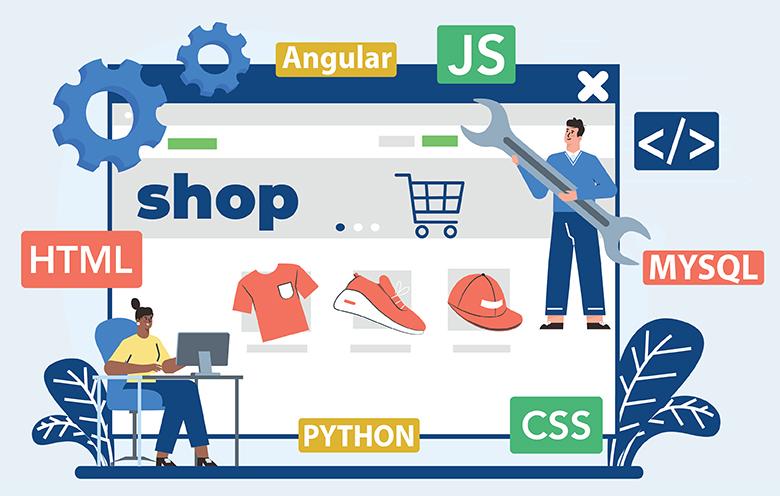
Top Ecommerce Development Providers in Toronto
When it comes to building a successful ecommerce platform, selecting the right development provider can make all the difference. Toronto boasts a vibrant scene of innovative companies specializing in ecommerce solutions tailored to various business needs. Here are some of the top providers in the city that can help elevate your online store to new heights:
- Shopify: As one of the most prominent ecommerce platforms globally, Shopify is headquartered in Ottawa but has a strong presence in Toronto. Their user-friendly tools and customizable templates make it easy for businesses of all sizes to create stunning online stores.
- Webpages.ca: Known for their personalized service, Webpages.ca offers custom ecommerce development solutions that cater to the unique requirements of each client. Their expertise in SEO and digital marketing ensures that your online store reaches the right audience.
- Clearbridge Mobile: Specializing in mobile-first ecommerce solutions, Clearbridge Mobile designs platforms that are optimized for mobile users. Their focus on user experience ensures that your customers enjoy seamless browsing and shopping.
- Pixel Union: With a reputation for creating visually captivating themes and high-converting ecommerce sites, Pixel Union is a go-to provider for businesses looking to make a significant impact through design.
Each of these providers offers a unique set of services that can be tailored to your specific ecommerce needs. Here’s a quick comparison to help you choose the right fit:
| Provider | Specialty | Key Strengths |
|---|---|---|
| Shopify | All-in-One Ecommerce | Ease of Use, Scalability |
| Webpages.ca | Custom Solutions | Personalized Service, SEO Expertise |
| Clearbridge Mobile | Mobile Ecommerce | Mobile Optimization, User Experience |
| Pixel Union | Design Focus | High-Impact Design, Conversion Optimization |
Beyond just development, these providers also understand the essential components of a successful online business, such as user experience, SEO, and digital marketing strategies. For instance, Webpages.ca stands out for integrating SEO best practices into their development process, ensuring that your store is not only appealing but also discoverable.
Moreover, while evaluating potential partners, consider their experience in your specific industry. Some providers may have expertise in niche markets, allowing them to bring tailored solutions to the table. For example, Clearbridge Mobile is a strong contender for businesses that prioritize mobile commerce, helping you capture the growing segment of mobile shoppers.
Ultimately, investing in the right ecommerce development provider in Toronto can lead to enhanced customer satisfaction, improved conversion rates, and sustained growth. As you explore your options, remember to assess the provider’s portfolio, client testimonials, and whether their values align with your business goals. This due diligence will pay off in the long run, positioning your ecommerce venture for success.
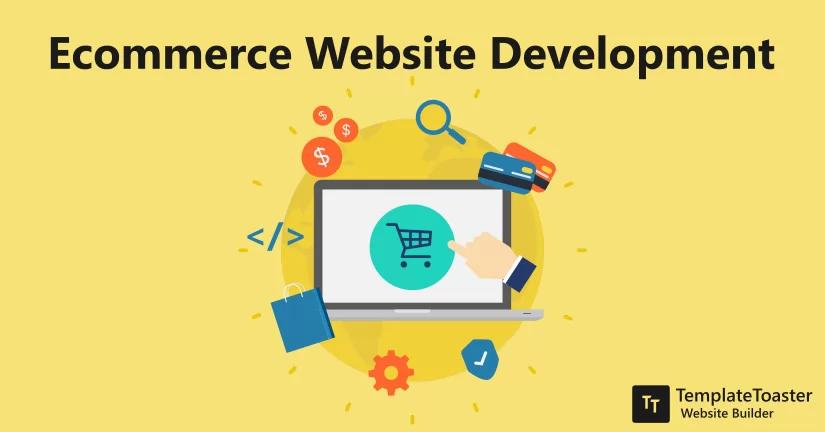
How to Evaluate and Select the Right Provider
Choosing the right provider for your ecommerce website development is crucial for your business’s success. With numerous options available in Toronto, making an informed decision can save you time, effort, and money down the line. Here are some key factors to consider when evaluating potential providers:
- Portfolio and Experience: Review their past projects to gauge their expertise. A strong portfolio showcasing diverse ecommerce sites can indicate a provider’s ability to handle your specific needs.
- Client Testimonials: Look for feedback from previous clients. Positive reviews can provide insights into the provider’s reliability, customer service, and capacity to deliver on time.
- Technology Stack: Ensure the provider is well-versed in the latest technologies and platforms. A good understanding of ecommerce-specific tools can enhance your site’s functionality and performance.
- Customization Options: Check if they offer tailored solutions. Every business is unique, and your website should reflect that. A provider who offers customizable options can help create a distinctive online presence.
- SEO and Marketing Knowledge: Your chosen provider should not only build your website but also understand search engine optimization (SEO) and online marketing strategies. This knowledge can help drive traffic to your site from the get-go.
- Ongoing Support and Maintenance: Evaluate their post-launch support services. A reputable provider should offer maintenance packages to ensure your website remains updated and secure.
To help narrow down your search, you might consider creating a comparison table of potential providers. Here’s a simple example to illustrate how you could outline their strengths:
| Provider Name | Portfolio Strength | Ongoing Support | SEO Expertise |
|---|---|---|---|
| Ecommerce Pros | High | 24/7 | Yes |
| Toronto Web Solutions | Medium | Business Hours | Limited |
| Digital Craftsmen | High | On-Demand | Yes |
don’t forget to discuss pricing during your evaluation. While it’s tempting to go for the cheapest option, consider the overall value. Sometimes, investing a bit more can lead to a significantly better end product. Look for providers who are transparent about their pricing and provide detailed breakdowns of their services.
By carefully considering these factors, you’ll be better equipped to select a provider that not only meets your needs but also aligns with your vision for your ecommerce site. Take your time during this process—after all, your online success depends on it!

Building Long-Term Relationships with Your Ecommerce Partner
When it comes to ecommerce, the right partnership can mean the difference between success and stagnation. is essential for sustaining growth and navigating the ever-evolving digital landscape. Here are some key strategies to foster those connections:
- Open Communication: Regular check-ins and updates create a culture of transparency. Make it a habit to share both successes and challenges, fostering a collaborative environment.
- Mutual Goals: Work together to establish shared objectives. Whether it’s hitting sales targets or enhancing user experience, having aligned goals will strengthen your partnership.
- Flexibility: The ecommerce world is fast-paced and frequently changing. Being adaptable to new technologies, market trends, and customer feedback is crucial for both parties.
- Feedback Loop: Create a system for providing constructive feedback. This can help both partners grow and improve their services or products continuously.
- Celebrate Wins: Acknowledge milestones together. Celebrating achievements, no matter how small, boosts morale and solidifies the relationship.
To illustrate the importance of cultivating a strong partnership, consider this brief comparison between transactional and relational approaches:
| Transactional Approach | Relational Approach |
|---|---|
| Focuses solely on immediate results | Prioritizes long-term success |
| Limited communication | Open and ongoing dialogue |
| Rigid agreements | Flexible arrangements tailored to needs |
| Short-term planning | Strategic vision for the future |
Your ecommerce partner should feel like an extension of your team. Engaging in collaborative projects not only enhances the relationship but also leads to innovative solutions. Consider joint marketing campaigns, product development workshops, or technology integrations as opportunities to work closely together.
Lastly, investing in personal connections can yield substantial dividends. Attend industry events, participate in webinars, or even set up casual meet-ups to strengthen your bond. These interactions can foster trust and camaraderie, making it easier to navigate the challenges that arise in the ecommerce space.
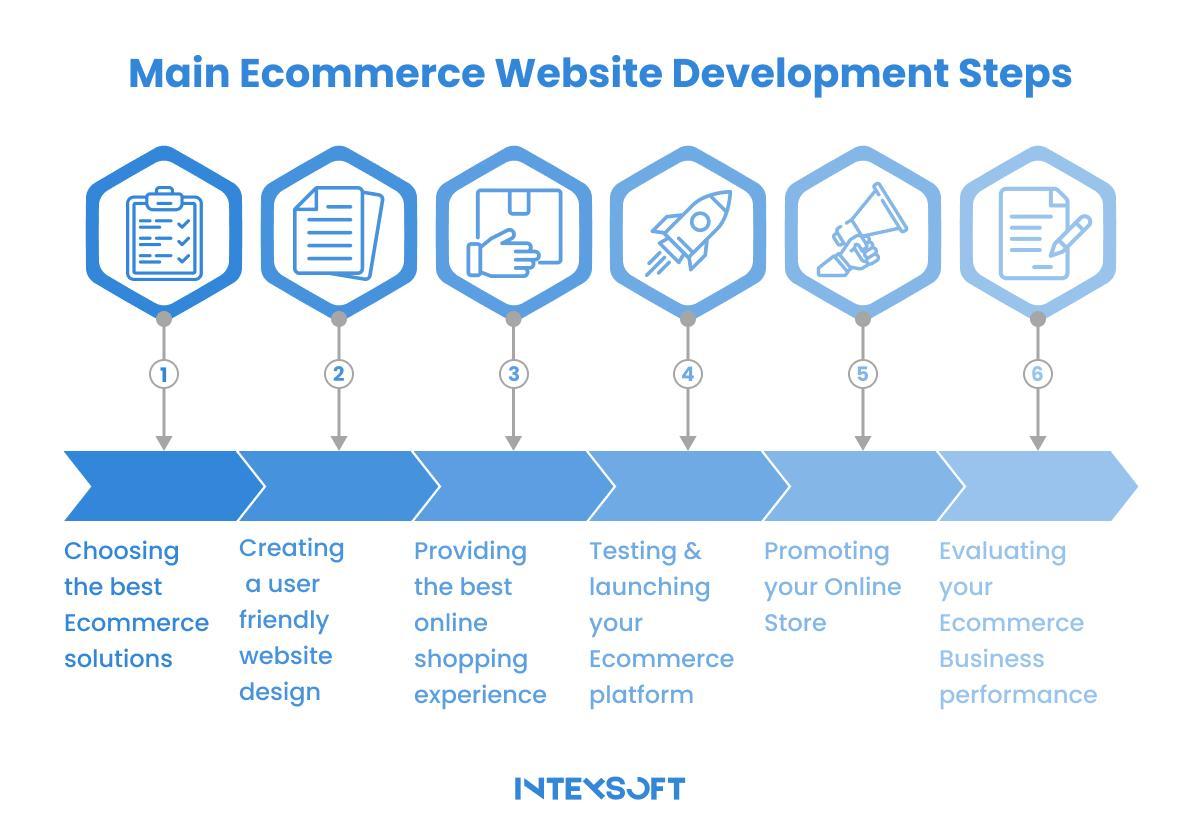
Future Trends in Ecommerce Development You Should Know
As the ecommerce landscape continues to evolve, various trends are shaping the way businesses connect with customers. One of the most significant shifts is the rise of personalization. Consumers now expect tailored experiences, and leveraging data analytics allows businesses to deliver customized product recommendations and marketing messages. This trend not only boosts engagement but also enhances customer satisfaction and loyalty.
Another noteworthy development is the increased integration of artificial intelligence (AI) in ecommerce platforms. AI-driven chatbots and virtual assistants are making it easier for customers to get instant support, guiding them through their shopping journey. Additionally, AI algorithms analyze user behavior to optimize inventory management and enhance pricing strategies, creating a seamless experience for both businesses and consumers.
Mobile commerce is also on the rise, with more consumers shopping on their smartphones and tablets. Businesses must prioritize responsive design and ensure that their ecommerce sites are mobile-friendly. This includes optimizing load times, simplifying navigation, and offering mobile payment options like Apple Pay and Google Wallet. A mobile-optimized site not only improves user experience but also positively impacts search engine rankings.
The demand for sustainable and ethical shopping is growing among consumers. Brands that prioritize eco-friendly practices and transparent sourcing are gaining a competitive edge. Incorporating features like sustainable product filters or showcasing sustainability certifications can attract environmentally-conscious shoppers and build brand loyalty.
| Trend | Description |
|---|---|
| Personalization | Customized experiences based on user data. |
| AI Integration | Chatbots and analytics for improved efficiency. |
| Mobile Commerce | Shopping via smartphones with optimized interfaces. |
| Sustainability | Focus on eco-friendly practices in ecommerce. |
Social commerce is another trend to watch. Platforms like Instagram and Facebook are integrating shopping features that allow users to purchase products directly from their feeds. This not only shortens the buyer’s journey but also leverages social proof, as customers can see what their friends are buying and recommending. Brands should explore these channels to engage with their audience more effectively.
Lastly, the adoption of augmented reality (AR) is set to revolutionize how customers interact with products online. AR allows consumers to visualize products in their own environment before making a purchase. For instance, furniture retailers are using AR to let customers see how a piece of furniture would look in their home. This technology can significantly reduce return rates and enhance the overall shopping experience.
Frequently Asked Questions (FAQ)
Q&A: Ecommerce Website Development in Toronto: Strategies and Top Providers
Q: Why is ecommerce website development important for businesses in Toronto?
A: Great question! Ecommerce website development is crucial for businesses in Toronto because it opens up a world of opportunities. With a well-designed online store, businesses can reach a larger audience, enhance customer engagement, and ultimately drive sales. In a city that thrives on diverse commerce, having a strong online presence can set you apart from the competition and cater to the evolving shopping habits of consumers.
Q: What are some effective strategies for developing an ecommerce website?
A: There are several key strategies to consider. First, focus on user experience (UX) – your website should be easy to navigate, visually appealing, and mobile-friendly. Next, optimize for search engines (SEO) to ensure potential customers can find you. Incorporating a secure payment gateway is also critical for building trust. don’t underestimate the power of quality content and engaging marketing tactics, like email campaigns and social media promotions, to drive traffic and convert visitors into loyal customers.
Q: Can you recommend some top providers for ecommerce website development in Toronto?
A: Absolutely! Toronto is home to some amazing ecommerce developers. A few noteworthy providers include Toptal, known for their top-tier freelance developers; Kreative, which specializes in custom solutions; and Web4U, recognized for their comprehensive support and SEO expertise. Each has a unique approach, so it’s worth exploring which one aligns best with your business goals.
Q: How do I choose the right ecommerce platform for my business?
A: Choosing the right ecommerce platform depends on your specific needs. Do you require extensive customization, or are you looking for something more out-of-the-box? Popular platforms like Shopify and WooCommerce offer user-friendly options, while Magento provides advanced features for larger businesses. Consider factors like budget, scalability, and ease of use. Don’t hesitate to consult with a development provider to help you make an informed decision!
Q: What are some common mistakes to avoid in ecommerce website development?
A: One of the most common mistakes is neglecting mobile optimization. With a significant portion of shoppers using their smartphones, a mobile-friendly site is non-negotiable. Additionally, overlooking website speed can lead to high bounce rates. Avoid complex checkout processes that can frustrate customers – simplicity is key! Lastly, don’t forget to regularly update your site with fresh content and features to keep customers engaged.
Q: How can I ensure my ecommerce website stands out in a crowded market?
A: To stand out, focus on branding and storytelling. Your website should reflect your unique value proposition and resonate with your target audience. High-quality visuals, engaging product descriptions, and customer testimonials can enhance credibility. Additionally, leveraging social media and influencer partnerships can amplify your reach and attract new customers. Remember, it’s all about building a strong community around your brand!
Q: What’s the future of ecommerce website development in Toronto?
A: The future looks bright! With advancements in technology like AI and augmented reality, ecommerce is poised for exciting innovations. Expect more personalized shopping experiences and enhanced customer service through chatbots and automation. As Toronto continues to grow as a tech hub, we can anticipate an influx of talented developers and creative solutions tailored for local businesses. Embracing these trends will not only keep your ecommerce site relevant but also position you for long-term success.
Q: How can I get started with ecommerce website development today?
A: Getting started is easier than you think! Begin by defining your goals and understanding your target market. Conduct some research on the best providers and platforms for your needs. Once you’ve narrowed it down, reach out for consultations, ask questions, and gather quotes. With the right strategy and support, you’ll be well on your way to launching a successful ecommerce website that drives growth and engagement!
To Wrap It Up
As we wrap up our exploration of ecommerce website development in Toronto, it’s clear that the right strategy and the right partner can make all the difference in your online success. Whether you’re a budding entrepreneur or an established business looking to expand your digital footprint, leveraging the expertise of top providers in the city can set you on the path to achieving your goals.
Remember, it’s not just about having a website—it’s about creating an engaging, user-friendly experience that turns visitors into loyal customers. By implementing the strategies we’ve discussed and collaborating with the best in the business, you’ll position yourself to thrive in the competitive ecommerce landscape.
So, if you’re ready to take your ecommerce venture to new heights, don’t hesitate to reach out for help. The vibrant community of Toronto’s web development professionals is here to support you every step of the way. Let’s transform your vision into reality and make your ecommerce dreams come true! Happy selling!



